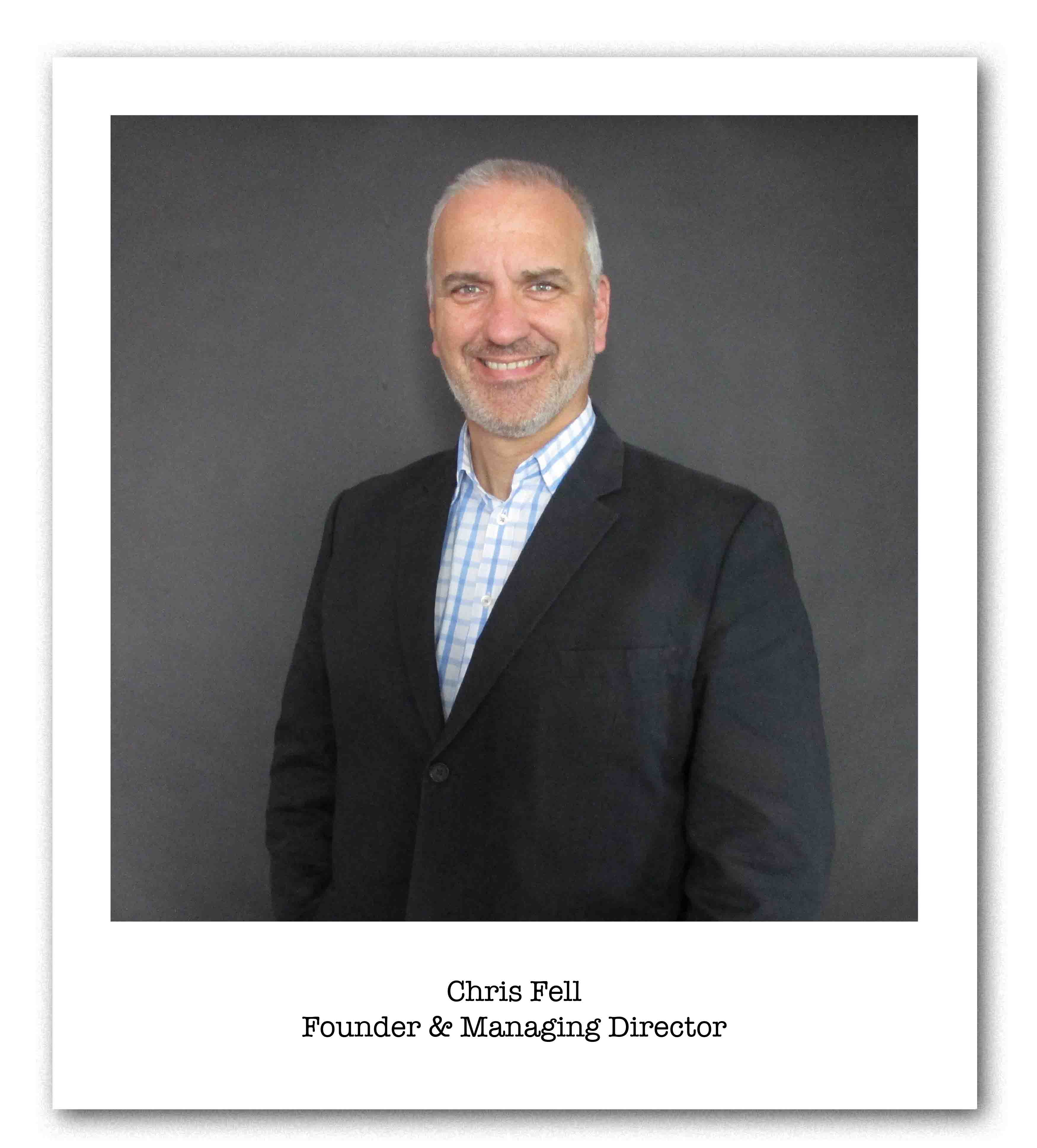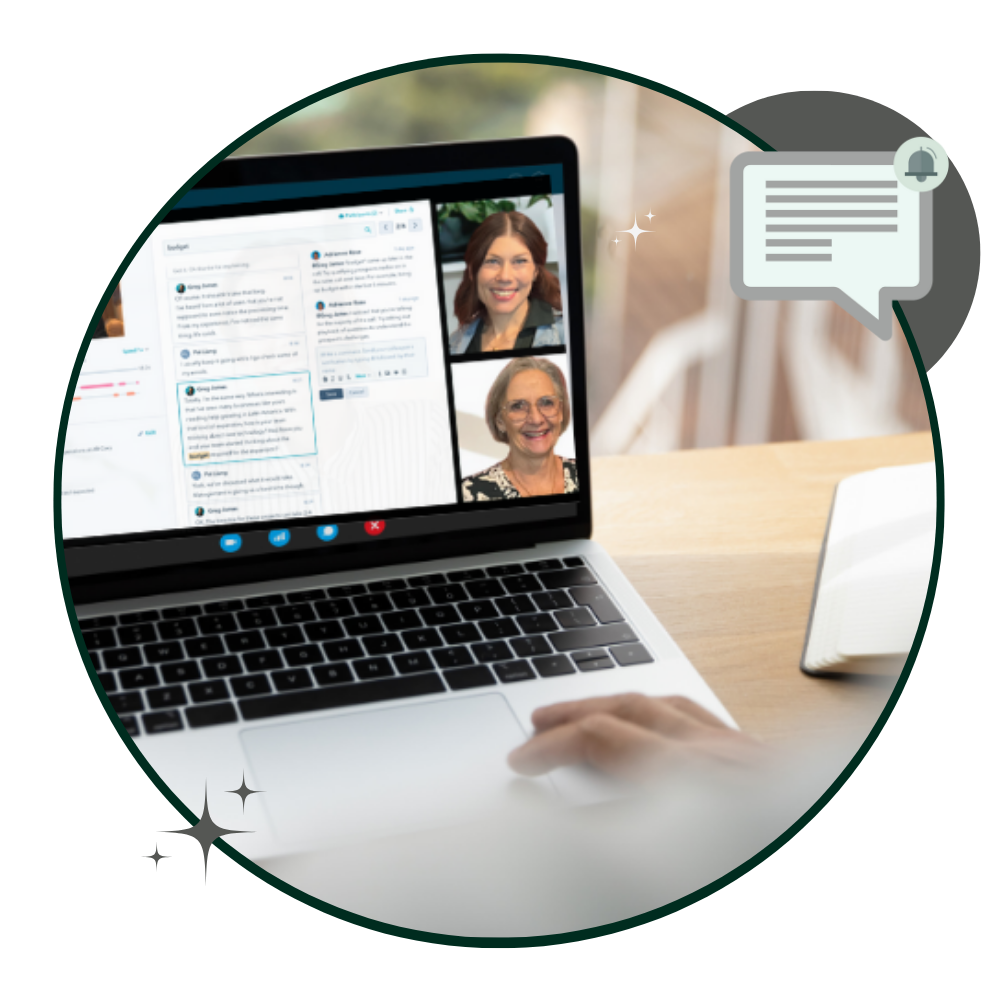BECOME W.I.S.E.R. with Your AI Prompts - A guide for sales managers
Everyone’s wittering on about AI like it’s the second coming. But here’s the rub: if you give it half-baked prompts, you’ll get half-baked answers....
4 min read
 Chris Fell
11/02/2025 1:46:37 PM
Chris Fell
11/02/2025 1:46:37 PM

Switching to a new CRM is a bit like switching your morning coffee order. You know the new one is supposed to be better – smoother, stronger, maybe even more energising – but the first few sips feel... different. And let’s be honest, your sales team loves their routine.
So, if you’re a sales manager tasked with getting your reps to actually use your CRM (rather than treating it like an inconvenient admin chore), you might have a challenge on your hands. People resist change, even when it’s good for them. But don’t worry – with the right approach, you can turn your team into raging CRM superfans in no time.\
We are huge fans of HubSpot's CRM and here is what we've learned when onboarding over 50 companies onto HubSpot's CRM over the last couple of years.
Here’s why switching to new software can be tricky – and how you can make the transition smoother than your smoothest well-crafted sales pitch.
Your team has been using the old CRM for years, and even if it’s clunky and outdated, they know how to work with it. Change feels like effort, and salespeople like to spend their effort selling, not learning a new system.
In the vast majority of cases HubSpot is an upgrade, not a replacement. Highlight what it can do that the old CRM couldn’t (like automatically logging emails instead of forcing them to copy and paste).
Use side-by-side comparisons to show how much easier their lives will be.
Reassure them that the change is worth their time – and that you’re there to make it painless.
People hate losing things more than they love gaining things. If your team fears losing their data, they’ll cling to the old system for dear life.
Guarantee a smooth data migration. Work with your IT team and your friendly HubSpot partner and the experts they employ to ensure everything transfers over correctly.
Offer a ‘safety net’ by keeping read-only access to the old CRM for a limited time.
Run a test phase with a small group first so they can vouch for how seamless the transition is.
Salespeople already juggle emails, calls, meetings, and a million other tasks. A new CRM feels like another headache.
Keep the onboarding simple – start with just the basics they need to hit the ground running.
Use bite-sized training sessions rather than overwhelming them with a four-hour webinar.
Provide cheat sheets, short tutorial videos, and even AI-powered in-app guidance to help them navigate HubSpot effortlessly.
Even if it was slow and painful, your team had a weird sort of loyalty to the old system. Nostalgia is powerful.
Acknowledge their feelings and validate their concerns. Change is hard.
Share success stories from teams who’ve already made the switch to HubSpot.
Identify ‘HubSpot Champions’ within your team – the ones who pick it up quickly – and let them spread the enthusiasm.
If reps think they can get away with ignoring the new tool, they will. People follow the crowd.
Make adoption visible – celebrate wins when reps close deals using HubSpot.
Encourage top performers to share their tips and tricks.
Hold team-wide challenges where reps get rewards for consistent usage.
No one wants to be the person who accidentally deletes a big deal or sends a weird automated email to a key prospect.
Reassure them that mistakes won’t break the system (and have a recovery plan in place just in case).
Offer hands-on practice in a sandbox environment where they can test things without consequences.
Keep an open-door policy for questions – no judgement.
Your team has invested time and effort in learning the old system, and they don’t want to throw that away.
Remind them that the goal isn’t to discard past efforts, but to build on it with better tools.
Highlight the efficiencies HubSpot offers – like automated follow-ups and deal tracking that saves them time.
Show how HubSpot’s integration capabilities will help them work smarter, not harder.
Old habits die hard, especially when stress levels are high.
Remove access to the old CRM after a transition period – but make sure everyone is comfortable first.
Set up HubSpot so that common tasks are as intuitive as possible.
Reward early adopters to encourage others to follow suit.
People resist changes they feel are imposed on them.
Get sales reps involved in the process early. Let them provide input on what they need from HubSpot.
Offer personalisation options so they can set up dashboards and reports in a way that works for them.
Keep communication open and transparent about why the change is happening.
If the payoff isn’t clear, enthusiasm will fade fast.
Identify quick wins – like automated templates, snippets, task and calendar management that save them time.
Set up alerts and reports that showcase insights they didn’t have before.
Use gamification or incentives to make adoption fun.
Getting your sales team to embrace HubSpot isn’t about forcing change – it’s about making their lives easier. The more you can show them how it helps them sell more and stress less, the faster they’ll adopt it.
So, ditch the long-winded training manuals, make it a team effort, and throw in a few incentives along the way. Before you know it, your team will be wondering how they ever lived without HubSpot.
Now go forth and make that CRM switch as smooth as your best sales pitch!
Want some help getting your team set up on HubSpot Sales, marketing or service software? It's all we do, day in and day out, and we'd like to think we've worked out an effective formula for transition.
Subscribe to our latest news and updates on HubSpot.

Everyone’s wittering on about AI like it’s the second coming. But here’s the rub: if you give it half-baked prompts, you’ll get half-baked answers....

The business world is falling head over heels for AI—and who can blame it? With promises to reduce grunt work, uncover insights, and turbocharge...

Search is evolving - fast. For two decades, SEO has revolved around Google’s algorithm: keywords, backlinks, metadata, and page speed. But with the...